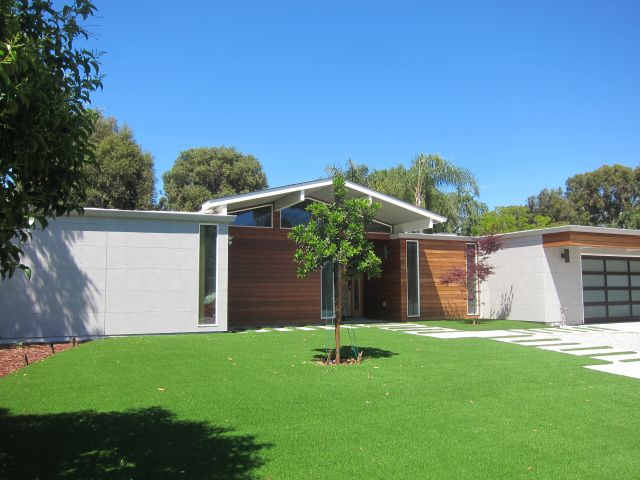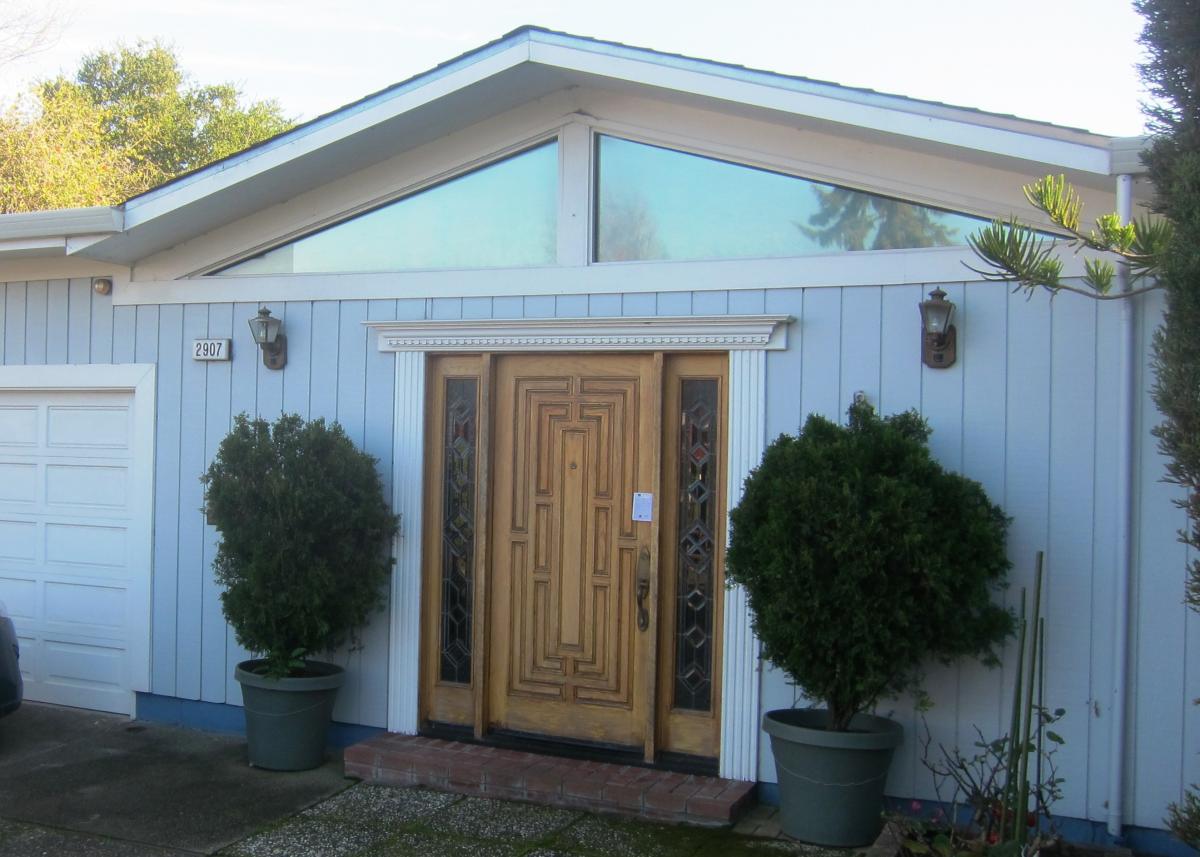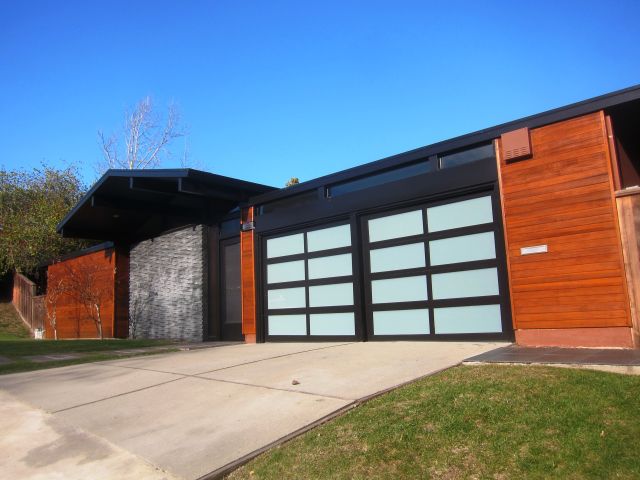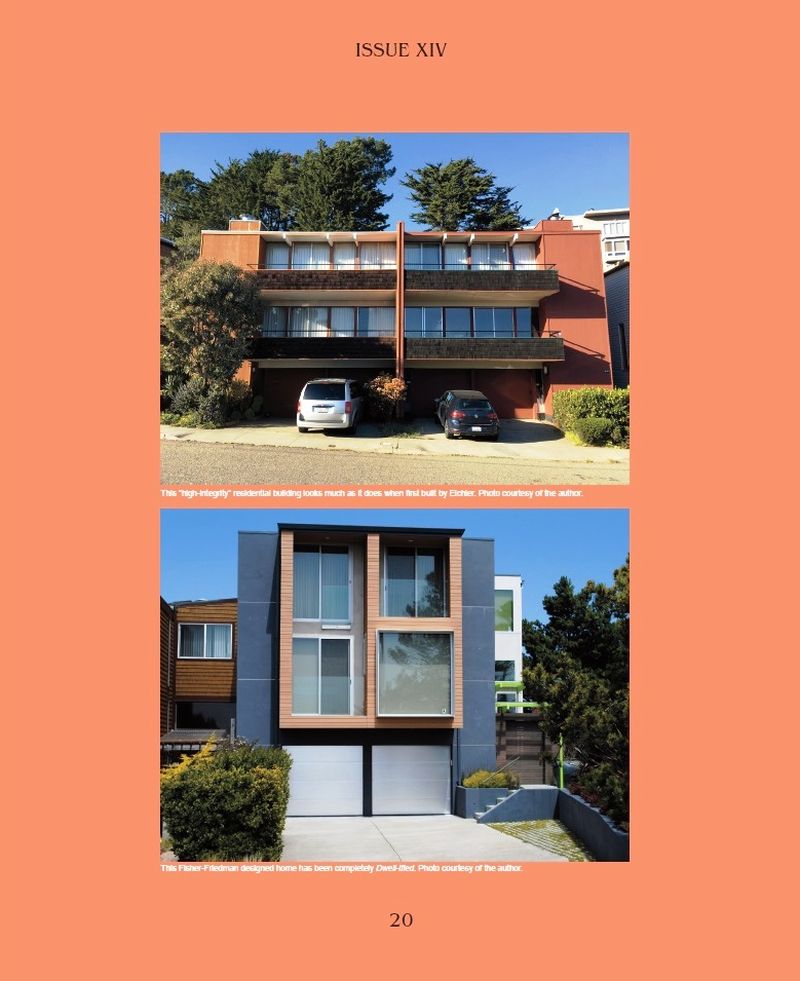
Historian Warns of Dwellification Threat
 |
|
|
Is it possible to love your modern home too much? Hannah Lise Simonson, an architectural historian and preservationist, thinks so.
She makes her case in a recent journal article ‘Dwellification: The Loss of Time and Place in Modern Architecture,’ published in Issue: 014, a publication of the University of Texas at Austin, from which she recently graduated with a masters. The article is not available online.
By “Dwellification” she means how the popular magazine Dwell, which has been riding and helping to create the resurgence of interest in mid-century modern design since 2000, is helping popularize a style of architecture that is sleeker than sleek and out of whack, in many ways, with modernism of the 1950s and ‘60s.
If this trend continues, says Simonson, who works for the San Francisco firm Page & Turnbull, “We could lose the ability to distinguish between the authentic mid-century modern and what is happening [with architecture] now.”
Once, the main threat to modern tract homes was from people who didn’t like modern, or understand it, turning them into country cottages or Tuscan villas. But in the past decade or so, as 'mid-century modern' has grown increasingly popular, fewer people commit that faux pas.
 |
|
|
(Or at least not in established, fully rediscovered mid-century modern neighborhoods.)
Instead, people go the opposite way – turning their homes into things that are more modern than modern, more early 21st century than mid-20th. They are celebrating the style while, in some cases, also destroying it.
Yet many of these houses win local acclaim, get put on house tours, and serve as models for neighbors.
One might argue that in a neighborhood like, say, San Mateo Highlands, where many homes have been altered in appearance over the years, updating a few more facades won’t matter much.
But the situation is different in Eichler tracts like Greenmeadow in Palo Alto, which is on the National Register of Historic Places, and Saratoga, which is not. But both maintain very strong architectural integrity.
This issue was addressed two years at the California Preservation Conference by preservation planner and historian Christine Lazzaretto, who was discussing her survey of modern homes in Palm Springs to see whether the tracts could be deemed historic.
What she was describing can be seen, in a way, as people loving their mid-century modern homes to death by replacing their historic look with a new look that owners saw as an improvement.
 |
|
|
“A lot of the alterations we saw were coming from a place of giving a house love, [a house] that hadn’t seen love in 30 years,” she said. “We were seeing a lot of really thoughtfully done alterations. But it also means all new materials, usually new cement plaster that’s super smooth, brand new windows. Everyone seems to love the fully glazed front doors.”
None of these elements were present in the original mid-century modern homes. Taken together, such changes could destroy a home’s historical integrity and make it more difficult to create a historic district, she said.
“These houses are fairly simple,” she said, referring to Palmer & Krisel designs. “There aren’t a whole lot of architectural features to start with, so as soon as you start tweaking them, you really start losing something.”
In many ways -- lowering energy bills, for example -- modernizing a home can only be a good thing. And it is certainly a good thing for the industries that have grown up around the mid-century model revival -- architects, contractors, furnishings dealers, and even to a degree writers who focus on the topic.
The first time we wrote about 'dwellification' was in a piece about Simonson’s research into Diamond Heights in San Francisco, which includes more than 100 Eichlers.
 |
|
|
Although Simonson did not invent the term, she believes it is useful, and is certainly spreading its use.
“It rang true enough with me that I decided to use it,” she says. “I was drawn to the term because so many people know what Dwell magazine is, and know what that contemporary aesthetic is. When we show them what some of the regional mid-century modernism is, people can understand the difference.”
“I like the magazine and I subscribe to it,” she says.
The Dwell style differs in many ways from the Eichler look, or the look of modern architects from the mid century. The new look, she writes, is “often recognizable by boxy, cubic massing, light woods and metal materials, bright white spaces, and expansive glazing.”
“Perhaps the most insidious aspect of dwell-ification is the false sense of history that it can convey,” she writes. “The irony is that the more people are inundated with imagery of ‘midcentury-inspired’ design and remodels, the more this dwell-ified or contemporary revivalist version of Modernism becomes confused with the real thing.”
Simonson writes of the threat: “Through this process of dwell-ification a homogenization is occurring, wiping away the traces of the regionalism of the Bay [architectural] Traditions that were once evidenced by material choices, orientation to the landscape, and adaptations for local climate.”
“This is already occurring to the point where 20th century, postwar tract homes don’t look modern enough to our tastes -- we want them to look more like the high-end and highly stylized contemporary idea of Modernism we see in ‘Mad Men’ [on TV] or Dwell.”
- ‹ previous
- 301 of 677
- next ›



